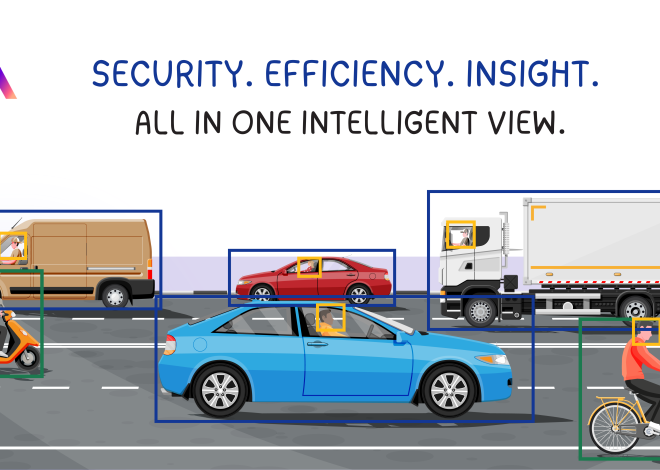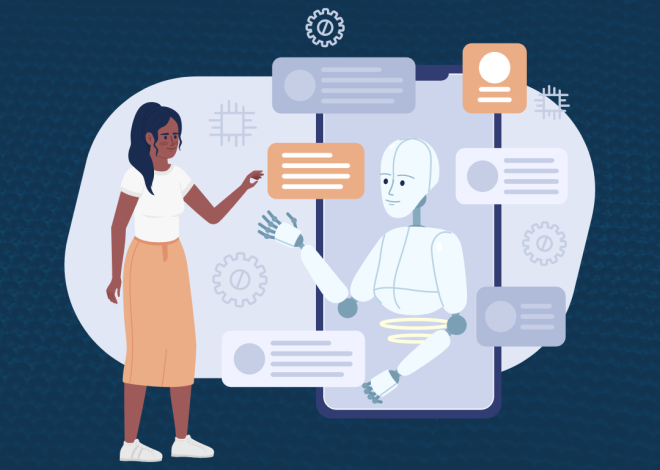Voice Bots for Enterprise Applications
Voice Bots, powered by advanced technologies like the Retrieval-Augmented Generation (RAG) model coupled with speech-to-text and text-to-speech models, transform how we interact with digital information systems.
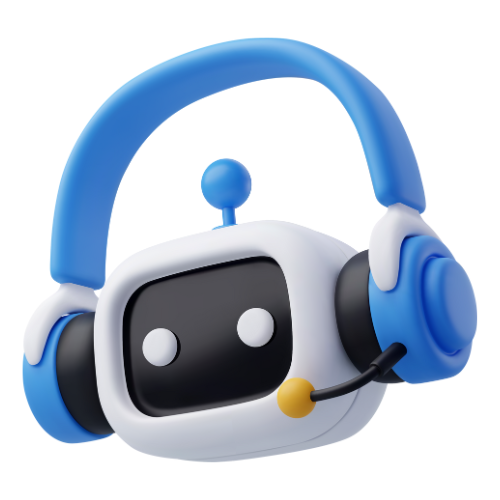
This avant-garde amalgamation leverages the capabilities of intelligent voice recognition and sophisticated AI models to deliver remarkably accurate and relevant responses based on vast data repositories.
These systems are about recognizing speech and embedding deep understanding, making interactions smoother and more intuitive.
Enterprise Voice Bots: Why & How
Voice bots offer many advantages in comparison to traditional text-based bots like:
- Voice Interactions are crucial in avoiding digital fatigue generally felt in text-based digital systems.
- Voice interactions are friendly for kids and the elderly who might not have enough time and skill to have touch-based interaction.
- Voice Bots enable touchless infraction, interacting with digital distances at a distance from the device
Building Voice Bots needs integration of multiple technology elements like
- Speech to Text
- Large Language Models
- Text to Speech
- Retrieval Augmented Generation
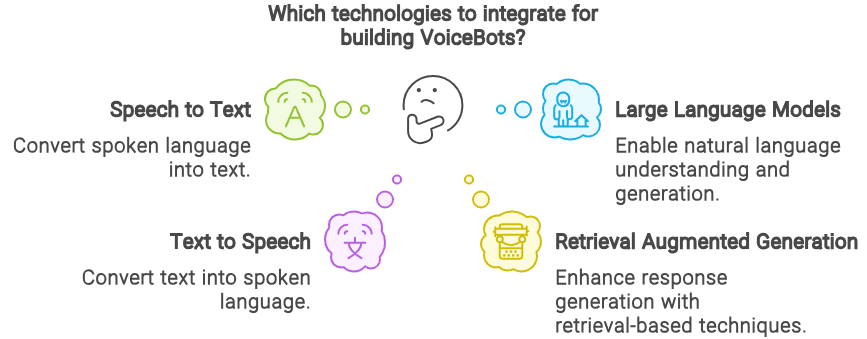
Each of these components needs to be fine-tuned to meet the specific user queries and fetch the information from the right source of enterprise data like CSV files, PDFs, Docs, and structured and unstructured databases like SQL, and MongoDB.
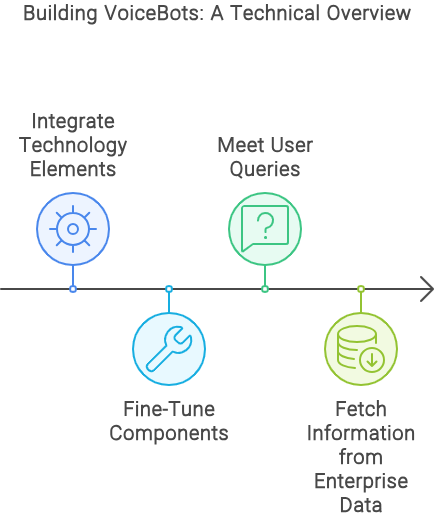
What is RAG?
RAG, or Retrieval-Augmented Generation, combines the best of retrieval-based and generative AI systems. It retrieves information relevant to a query from a database or a set of documents and then uses a generative model to tailor responses that are not only accurate but contextually appropriate.
This method elevates Voice Bots’ ability to understand and respond with a level of accuracy and context-awareness that far surpasses simple query-response models.

Types of RAG
RAG-Sequence:
This type retrieves multiple relevant documents for a given query and processes each document sequentially with a generative model. The final response is generated based on the aggregated information from all retrieved documents, ensuring a comprehensive answer.
RAG-Token:
Unlike RAG-Sequence, RAG-Token retrieves relevant documents and processes each token (word or phrase) individually through the generative model. This approach allows the model to generate responses that are highly specific and contextually precise, as each token’s relevance is assessed independently.
Why Voice Bots with RAG Technology Matter
Voice Bots with RAG architecture are transforming industries by providing:
- Enhanced User Experience: Offering more accurate and context-aware responses.
- Improved Efficiency: Automating customer interactions and reducing response times.
- Scalability: Handling vast amounts of data and user queries simultaneously.
- Multilingual Support: Seamlessly transcribing, translating, and responding in multiple languages.
Our Solution

Azure Blob Storage is fundamental to managing the VoiceBot’s audio files, ensuring seamless and dynamic content management within the bot framework. By securely storing and retrieving audio data, the Voice Bot efficiently saves and accesses audio files, significantly enhancing user interaction.
The OpenAI API plays a pivotal role in empowering the Voice Bot with advanced text generation and transcription capabilities. Leveraging large language models for text and ASR, the bot converts speech to text, comprehends user queries, and generates human-like responses. This integration is crucial for enhancing the bot’s interaction quality and responsiveness.
Effective capture and processing of audio data are critical for the Voice Bot’s functionality. Using libraries to record audio and convert it into text enables the bot to accurately interpret user queries.
Subsequently, the bot utilizes Text-to-Speech (TTS) models to generate spoken responses that are natural and clear, ensuring effective communication.
To manage extensive datasets and optimize performance, the bot employs vector storage. Text is segmented into manageable pieces, transformed into embeddings, and stored in a robust vector store.
This infrastructure enables the RAG system to retrieve contextually relevant data in response to user queries, ensuring precise and context-aware interactions.
This cohesive integration of Azure Blob Storage for audio management, LLMs for text capabilities, effective audio data processing, and vector storage for enhanced performance underscores the Voice Bot’s ability to deliver seamless and intelligent interactions across diverse user needs and contexts.
Applications of Voice Bots with RAG
Voice Bots with RAG integration have vast applications across various industries, some of them are:
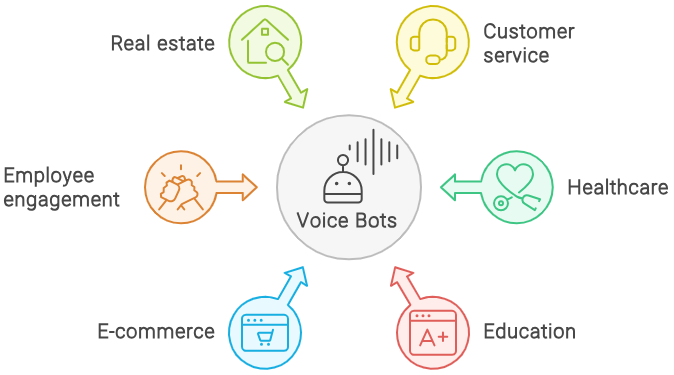
Customer Service:
Voice Bot automates responses to common queries, reducing wait times, and enhancing customer satisfaction.
Healthcare:
Assisting patients with appointment scheduling, medication reminders, and health information retrieval.
Education:
Providing personalized tutoring, answering student queries, and facilitating interactive learning experiences.
E-commerce:
Helping customers with product inquiries, order tracking, and personalized shopping recommendations.
Education:
Education and Learning through voice interaction
Employee Engagement
Voice bots can help employees of an organization with information about HR policies, Leave details, Travel Compensation, etc.,
Real Estate
Voice bots can help real companies facilitate customer interaction using voice about building plans, prices, locations, loan options, etc.,
Future Potential
Looking forward, the integration of RAG with Voice Bot technologies signifies a pivotal shift in communication, particularly for languages that are regionally diverse and nuanced.
As AI capabilities advance and multilingual support expands, we are on the brink of redefining automated interactions to cater specifically to regional linguistic intricacies.
This evolution promises future Voice Bots that are not only more sophisticated but also intuitively adept at transforming sectors like customer service, healthcare, education, and more, where regional languages play a crucial role.
These advancements are set to establish a new benchmark in intelligent, responsive technology, enhancing efficiency and user experience across diverse linguistic landscapes.

